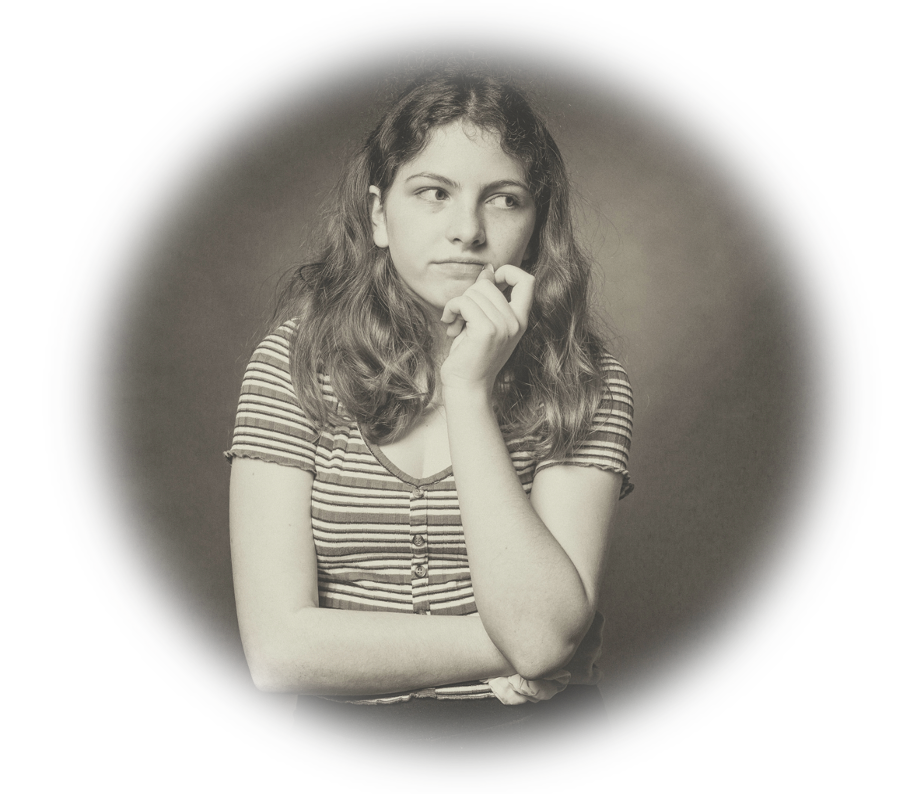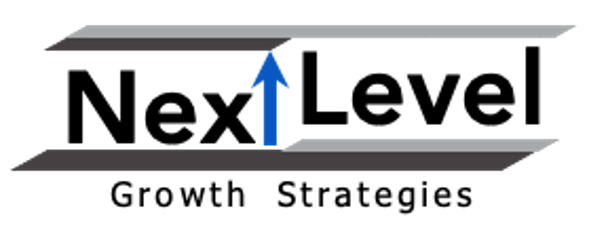One of the most valuable things anyone can bring to the innovation process is great ideas for uniquely solving consumer needs. And, in order to bring novel (innovative) ideas to your organization, I have found that it is important to continually sharpen and expand your instincts and intuition.
Sharpen your Innovation Instincts
Malcom Gladwell in two of his books, Blink and Outliers, illustrates the value of sharpening one’s instincts and creating more intuitiveness.
In Blink, Gladwell provides several deliciously compelling examples of the human “Adaptive Unconscious” at work. This Adaptive Unconsciousness is discussed as one’s ability to intuitively connect a myriad of seemingly disparate dots in a split second in order to form an accurate expert decision. And, this Adaptive Unconsciousness is something that one develops over time.
In Outliers, Gladwell makes the case for developing “expert” knowledge and abilities through what he calls “The 10,000 Hour Rule.” Gladwell’s thesis is that after 10,000 hours immersed in a particular field or activity, one begins to have a seemingly innate level of knowledge or capability. Put another way, with 10,000 of effort you can take your Adaptive Unconsciousness (instincts and intuition) to a new, almost uncanny level. But at this point, one’s expertise is potentially narrow, and one way to bring even more value to your innovation process is to expand your instinctive base.
Expand your Innovation Instincts
IDEO’s Tom Kelley in The Ten Faces of Innovation espouses the value of a “T-Shaped” individual. The T-Shaped person is one who has an amazing breadth of knowledge across many fields, but also an incredible depth of expertise in at least one subject area. And the value they contribute to the innovation process is their ability to bring new, novel and highly relevant ideas from the outside. I love how Kelley notes that “you are likely to be surprised by what you find out next” about these types of individuals – these types of people sound pretty interesting don’t they? These are the types of people who end up on Tom Peters’ Cool Friends list.
These “T-Shaped” people are the ones society labels insightful and wise. Not only do they have a highly sophisticated capacity to filter, process and assemble a wide array of information in extraordinarily unique and relevant ways, they also seem to have an insatiable thirst for knowledge. These people would be characterized as being naturally curious, and the value “T-Shaped” individuals bring to the innovation process is that they frankly have the ability to see things others don’t see in all the things that everyone can see. They have an incredible imagination and even Albert Einstein felt that imagination was often more important than knowledge.
“Imagination is more important than knowledge. For knowledge is limited to all we now know and understand, while imagination embraces the entire world, and all there ever will be to know and understand.” – Albert Einstein
Admittedly (and perhaps even thankfully), not everyone has a desire to be a “T-Shaped” innovator, but I feel this a trait that can absolutely be developed over time with some effort.
LAMSTAIH
Andy Stefanovich in Look @ More discusses a number of things one can do to continually sharpen their instincts – both broadly and deeply. LAMSTAIH (Look At More Stuff and Think About It Harder) is Stefanovich’s mantra for becoming a well-rounded, T-Shaped innovator. To me, “Think About It Harder” is similar to Gladwell’s 10,000 Hour Rule. In order to develop subject matter (or skill-level) expertise, you simply have to put in the time. You’ve got to work at it… harder. And, you’ve got to think about it harder too!
To broaden your perspective, or expand your innovator’s peripheral field of vision, you need to reawaken and continually feed your curiosity. Simply put, you need to Look At More Stuff. All living things are born with curiosity, but all too often this is squelched in many humans beginning around the 3rd or 4th grade.
So if the notion of being T-Shaped appeals to you, here are some ideas to help you reactivate some of your instinctual curiosity:
1. Occasionally take yourself out of your daily, weekly and monthly routines. You’ll be amazed by what doing something different or doing something differently can do for your mind.
2. Purposefully seek out the new and the different – and pay attention. There is a whole lot of life going on out there and to borrow a quote for Ferris Bueller – “If you don’t stop and look around once in a while, you could miss it.”
3. Go Wander and Wonder. Go see, do, and experience something completely out of your wheel-house. Get out of your comfort zone and whet your appetite for confusion. Seek out things that are amazing and/or weird to you.
4. Challenge your senses. Take a moment every now and then to mentally catalogue what your senses are experiencing, and then push them even a little further.
5. Make note of things that inspire you. Each of us are moved by different things in different ways. Pay attention when you are inspired. Ask yourself why you were inspired. Make note of what this feeling is inspiring in you.
6. Play! Have you ever spent any time watching two young animals playing around or rough-housing? This is Mother Nature’s way of developing instincts! And in my opinion, this is one technique we humans simply don’t do often enough.
This is by no means an exhaustive list of ideas to help you begin to expand and sharpen your innovation instincts. And it’s possible that I’ve barely even scratched the surface; but my hope is that you’ve been inspired – just a little – and that you will continue to add to this list on your own.
And if you already have some ideas or techniques of your own, I’d love to hear about them!

Stay Curious My Friends!
Let let’s get Innovating!


Leave a Reply